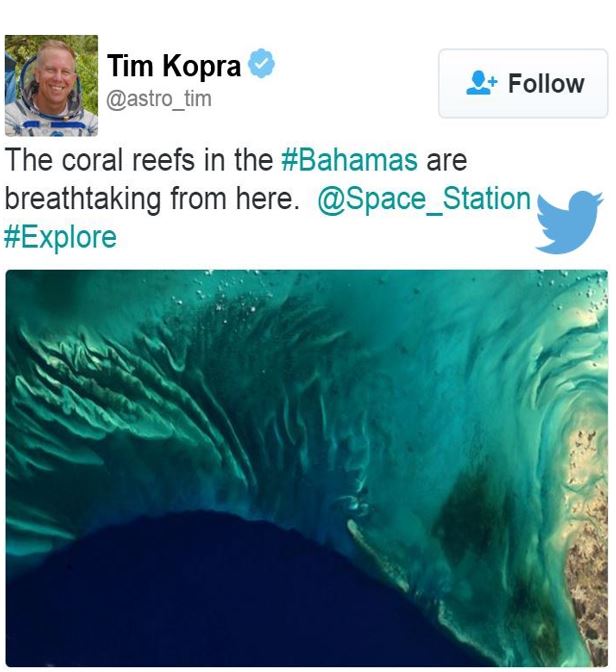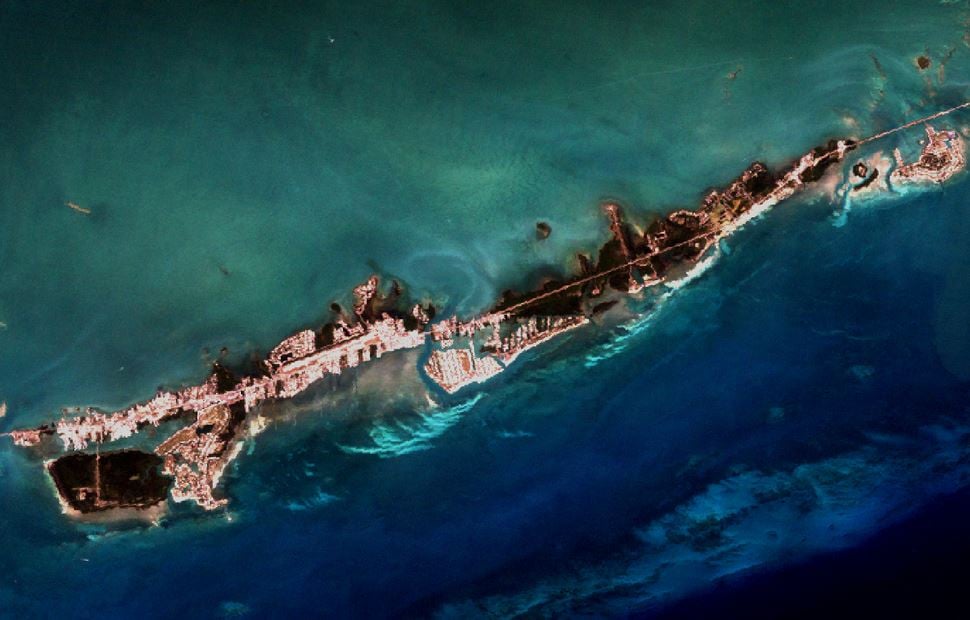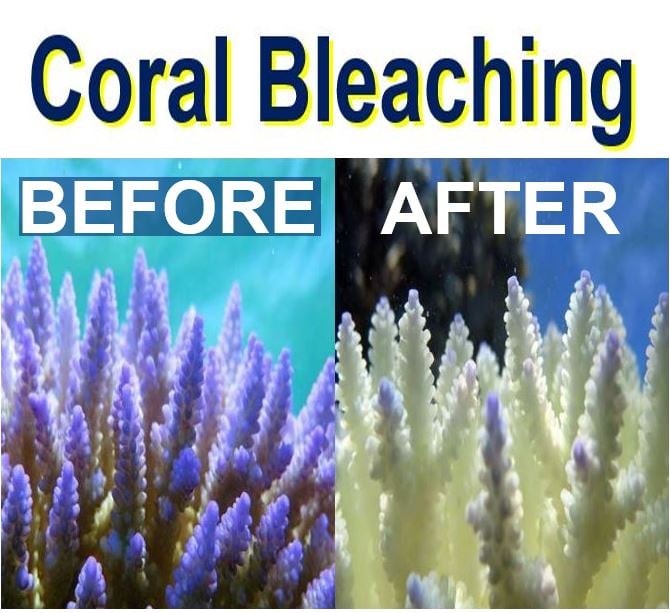A stunning image of the coral reef off the islands of The Bahamas has been posted online by NASA astronaut Colonel Tim Kopra, who is aboard the International Space Station, as Expedition 47 commander.
The coral reefs of The Bahamas are one of the wonders of the marine world. They act as a barrier, weakening strong waves before they hit the coastline, protect local inhabitants during storms and hurricanes, and serve as a habitat to an incredible range of marine animal and plant life.
 Tim Kopra’s amazing photograph of the coral reefs off The Bahamas. Colonel Kopra is making quite a name for himself as a gifted space photographer. (Image: twitter.com/astro_tim)
Tim Kopra’s amazing photograph of the coral reefs off The Bahamas. Colonel Kopra is making quite a name for himself as a gifted space photographer. (Image: twitter.com/astro_tim)
Texas-born Colonel Kopra described the view of the coral reefs in the Bahamas from the ISS in space as ‘breathtaking’.
Coral Reefs of The Bahamas
According to bamahamsprotected.com, the coral reefs are important for tourism – people travel from far away to see the coral reefs in The Bahamas. Many jobs in the archipelago exist thanks to the presence and beauty of the coral reefs.
Coral reefs consist of tiny animals called coral polyps, which create a skeleton around themselves made of limestone or calcium carbonate.
They are often referred to as the ‘rainforests of the sea’ because they have an incredible abundance of fauna and flora around them – more than any other part of the ocean.
 Image of the southern part of the Great Barrier Reef off the coast of Queensland Australia, captured by Envisat, a large Earth-observing satellite. (Image: European Space Agency)
Image of the southern part of the Great Barrier Reef off the coast of Queensland Australia, captured by Envisat, a large Earth-observing satellite. (Image: European Space Agency)
Coral reefs are found in warm, clear, shallow waters, such as around The Bahamas, near the coast of Quintana Roo on the Mexican Caribbean coast, and off the coast of Queensland in northeastern Australia.
The Australian one is called the Great Barrier Reef – the largest living thing on Earth.
Coral Reefs and Climate Change
Sadly, vast areas of the world’s coral reefs are struggling as a consequence of global warming (climate change). According to Australian scientists, the extent of coral bleaching in the Great Barrier Reef is both shocking and astonishing.
 Image of coral communities in the Florida Keys, captured by NASA’s Landsat 7 satellite. One of NASA’s images of the day. (Image: nasa.gov)
Image of coral communities in the Florida Keys, captured by NASA’s Landsat 7 satellite. One of NASA’s images of the day. (Image: nasa.gov)
Ninety-three percent of the coral reef system worldwide is damaged, say scientists from the National Coral Bleaching Taskforce.
A study published in April found that damage to extensive parts of the Great Barrier Reef is significantly worse than experts had expected.
 Warmer ocean temperatures due to climate change cause corals to expel tiny zooxanthellae (photosynthetic algae). When these colourful algae are gone, the corals lose their colour and become translucent and white, i.e. they ‘bleach’. (Image: James Cook University)
Warmer ocean temperatures due to climate change cause corals to expel tiny zooxanthellae (photosynthetic algae). When these colourful algae are gone, the corals lose their colour and become translucent and white, i.e. they ‘bleach’. (Image: James Cook University)
Professor Terry Hughes, from the National Coral Bleaching Taskforce, said regarding the scale of the bleaching:
“We’ve never seen anything like this scale of bleaching before. In the northern Great Barrier Reef, it’s like 10 cyclones have come ashore all at once. Towards the southern end, most of the reefs have minor to moderate bleaching and should soon recover.”
“We have now flown over 911 individual reefs in a helicopter and light plane, to map out the extent and severity of bleaching along the full 2,300km length of the Great Barrier Reef. Of all the reefs we surveyed, only 7% (68 reefs) have escaped bleaching entirely.”
Video – The Bahamas Coral Reef
The Bahamas Coral Reef is famous for its spectacular marine wildlife. In this video you can see a beautiful silver angelfish.
